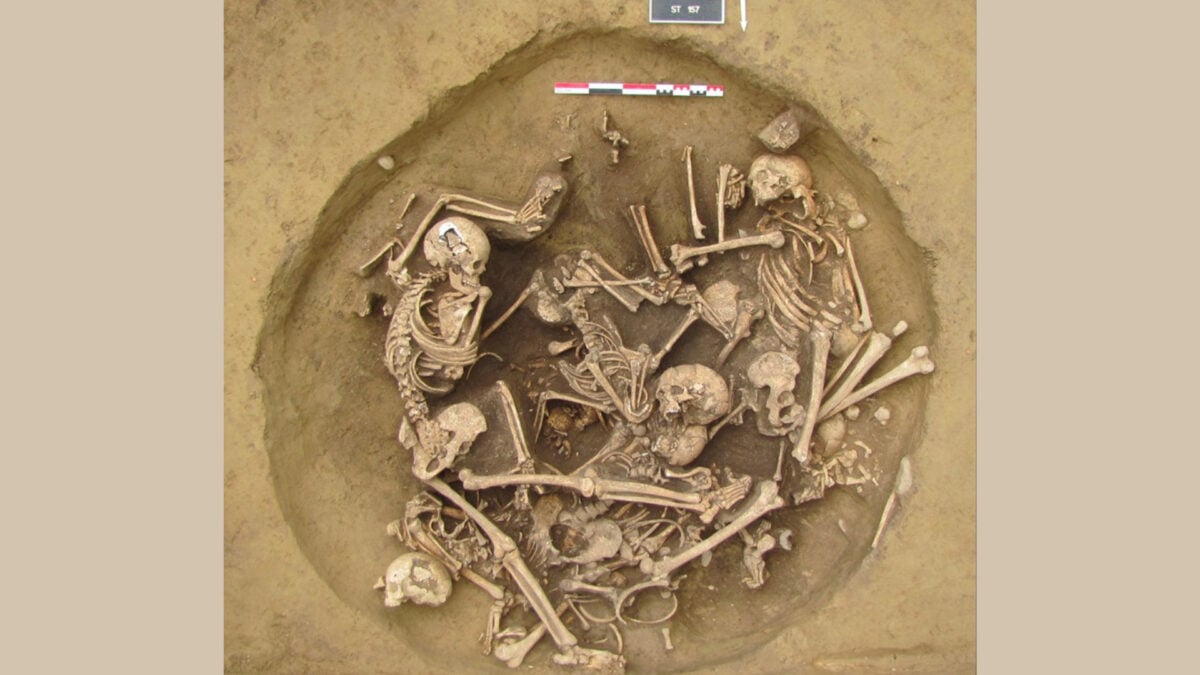Unraveling Stone Age Warfare: New Insights into Neolithic Brutality
The image of Stone Age societies often involves humble communities engaging in rudimentary life within caves, wielding basic tools for hunting, and capturing their world in expressive rock art. However, recent discoveries suggest a more complex narrative involving large-scale violence and warfare during the Neolithic period—the final phase of the Stone Age, which occurred approximately between 9000 and 3300 BCE.
A new study published in the journal Science Advances unveils chilling evidence of brutal practices among Neolithic groups in France. Researchers have uncovered alarming signs that indicate the mutilation of enemy combatants as a form of martial victory celebration. This sheds light on some of the earliest known expressions of warfare brutality.
The research team investigated skeletal remains from burial pits at two sites near Strasbourg, known as Achenheim and Bergheim, dated back to between 4300 and 4150 BCE. The study meticulously analyzed the remains of 82 individuals, revealing horrific details.
The skeletal analysis unearthed distinct traumas, suggesting that these victims were likely foreign invaders who faced savage deaths at the hands of local groups. Severed limbs placed deliberately alongside the bodies hint at trophies of victory, painting a grim picture of early war-related rituals. It's a compelling documentation of martial celebration in prehistoric Europe.
Previous investigations in this region, notably the Upper Rhine Valley, have highlighted military incursions and cultural shifts, though it remained uncertain whether the skeletal remains were local civilians or foreign aggressors. This recent evidence solidly supports the latter, distinguishing between victims and those who received ordinary burials without apparent trauma.
Further isotopic analysis delineated the geographical origins of the unfortunate victims, revealing them as non-locals. The study, led by experts including Teresa Fernandez-Crespo from Valladolid University, theorizes that the victims of these brutal killings were perceived as outsiders and threats, hence subjected to such extreme post-mortem rituals. This signifies that those killed by locals were likely labeled as enemy combatants or captives, received with an alarming degree of brutality.
This discovery not only enriches our understanding of prehistoric violence but ushers new questions about social dynamics, enemy identification, and war commemoration tactics employed by ancient civilizations in Europe. The phrase "overkill" resonates all too powerfully with the findings.

